Researchers Stunned as 8-Foot Shark Falls Victim to Larger Predator
Sharks have always been known as the apex predators of the ocean, but recent findings are turning this notion on its head. Researchers were shocked to discover an 8-foot porbeagle shark, a species at the top of the food chain, had fallen prey to an even larger predator.
This rare event marks the first documented instance of such a large shark being eaten by another predator.
The Start of a Puzzling Investigation
The journey began when scientists from Oregon State University, Arizona State University, and the Atlantic Shark Institute set out to study pregnant porbeagle sharks.

Source: Freepik
These sharks are endangered in many parts of the world, making their movements crucial for research. The researchers tagged several sharks with tracking devices to monitor their behavior and movements in the vast ocean.
High-Tech Shark Tagging for Tracking
To track the sharks, researchers used two types of tags: a finmount tag and a pop-off satellite archival tag. The finmount tag provided precise geolocation data whenever the shark’s fin surfaced.
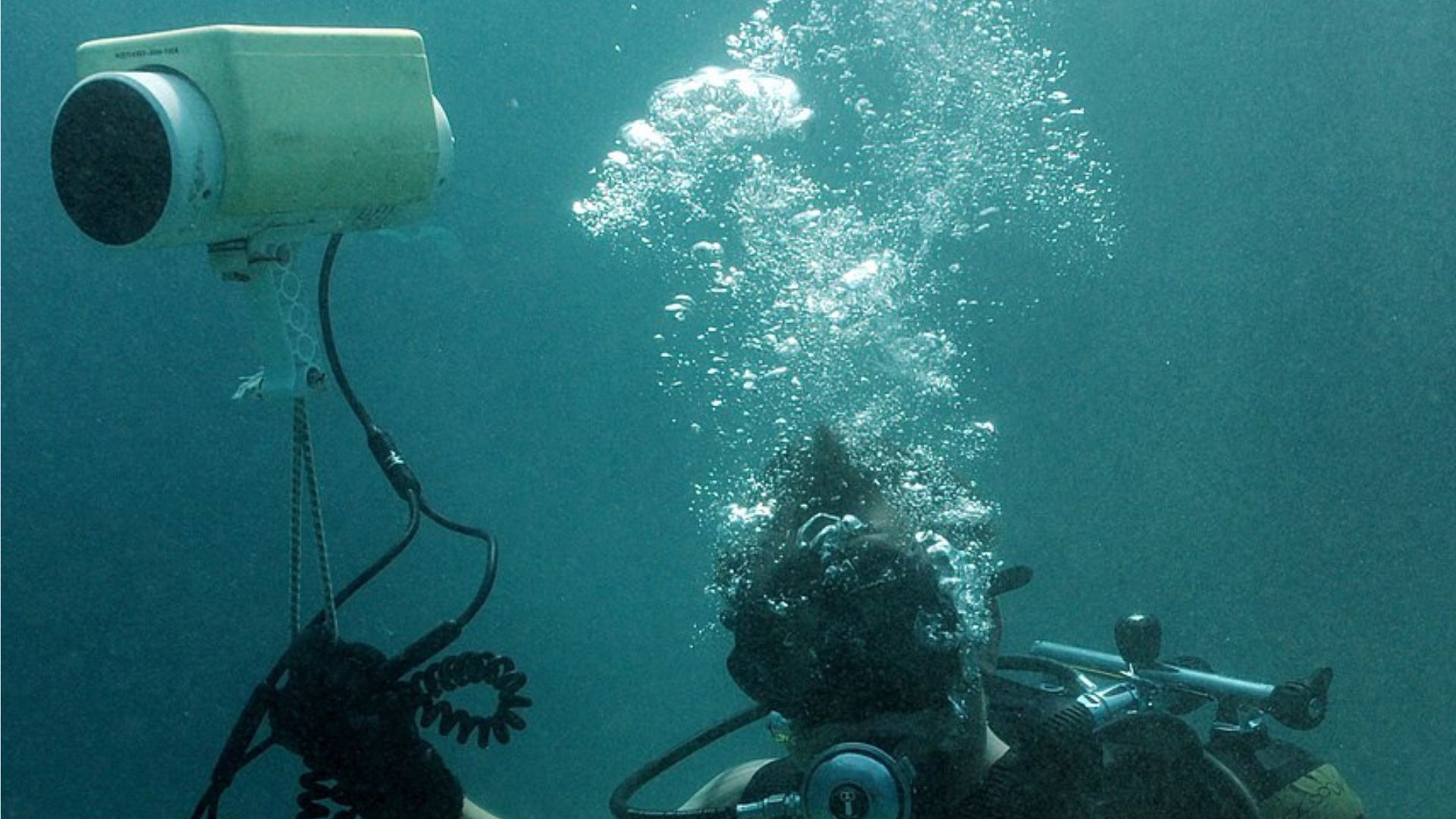
Source: Wikimedia Commons
The archival tag, on the other hand, recorded depth and temperature data. These innovative methods allowed scientists to gather crucial information about the sharks’ journeys through the deep sea.
The Journey of an 8-Foot Porbeagle
One of the sharks, an 8-foot porbeagle, caught the researchers’ attention. It was tracked for five months, traveling from New England to Bermuda, covering hundreds of miles.
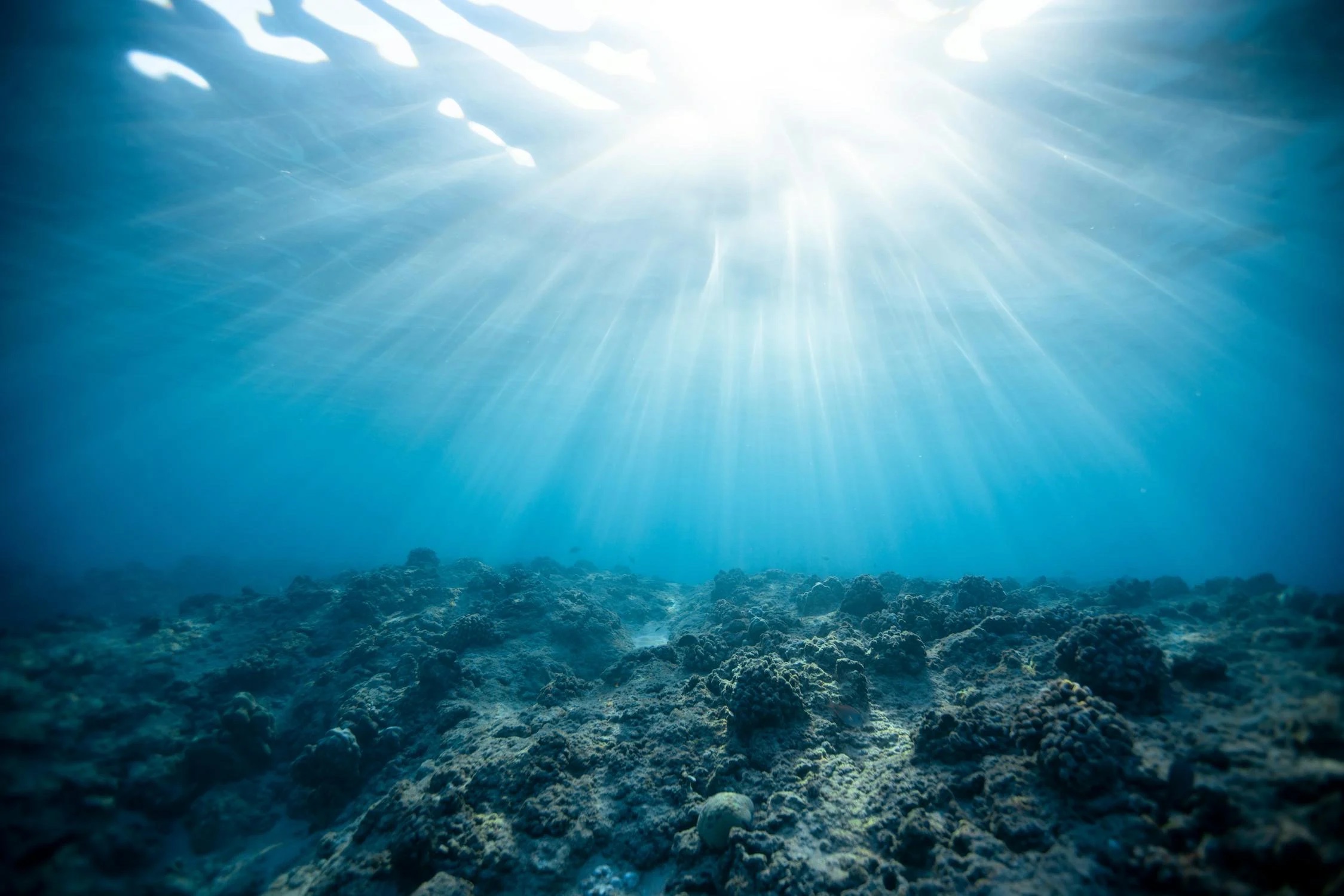
Source: Jeremy Bishop/Pexels
During its journey, the shark swam at depths between 1,640 feet and 3,280 feet, far from the sun’s warmth. Everything seemed normal until one day, the temperature readings from its tag spiked unexpectedly.
A Sudden, Dramatic Change
On a routine check of the data, scientists noticed the porbeagle’s tag showed a temperature jump from 15 degrees Celsius to 25 degrees Celsius while still deep in the ocean. This sudden rise in temperature puzzled the researchers.

Source: Freepik
“We knew that something happened,” said James Sulikowski, director of the Coastal Oregon Marine Experiment Station. The question was: what could cause such a rapid change?
Evidence of a Predator Attack
The abrupt temperature increase provided a big clue. The tag seemed to have been consumed by a warm-blooded creature. But it wasn’t a mammal, as the recorded temperature was too low for that.
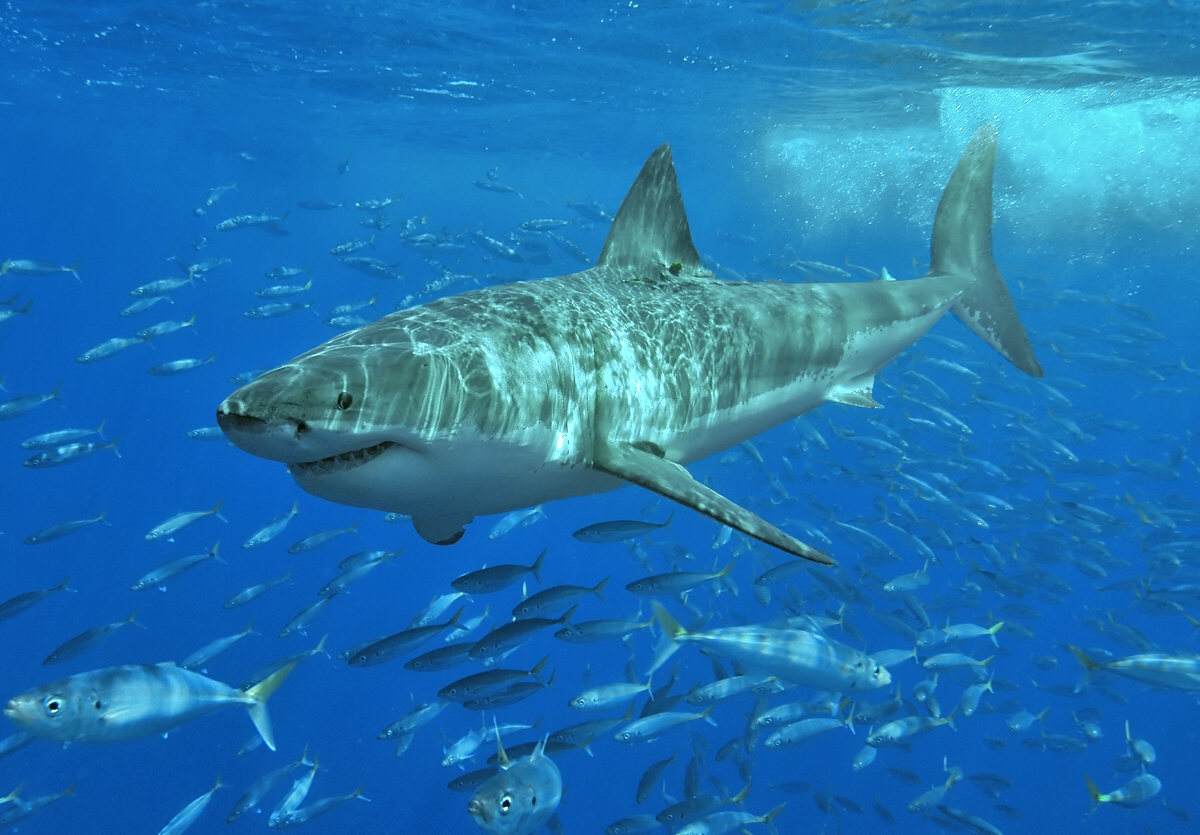
Source: Wikimedia
The data pointed to another shark—a predator larger than the 8-foot porbeagle, which was itself a sizable and swift swimmer.
The Likely Suspects
According to the research team, the most likely culprits were other lamnid sharks, such as mako sharks or great white sharks.
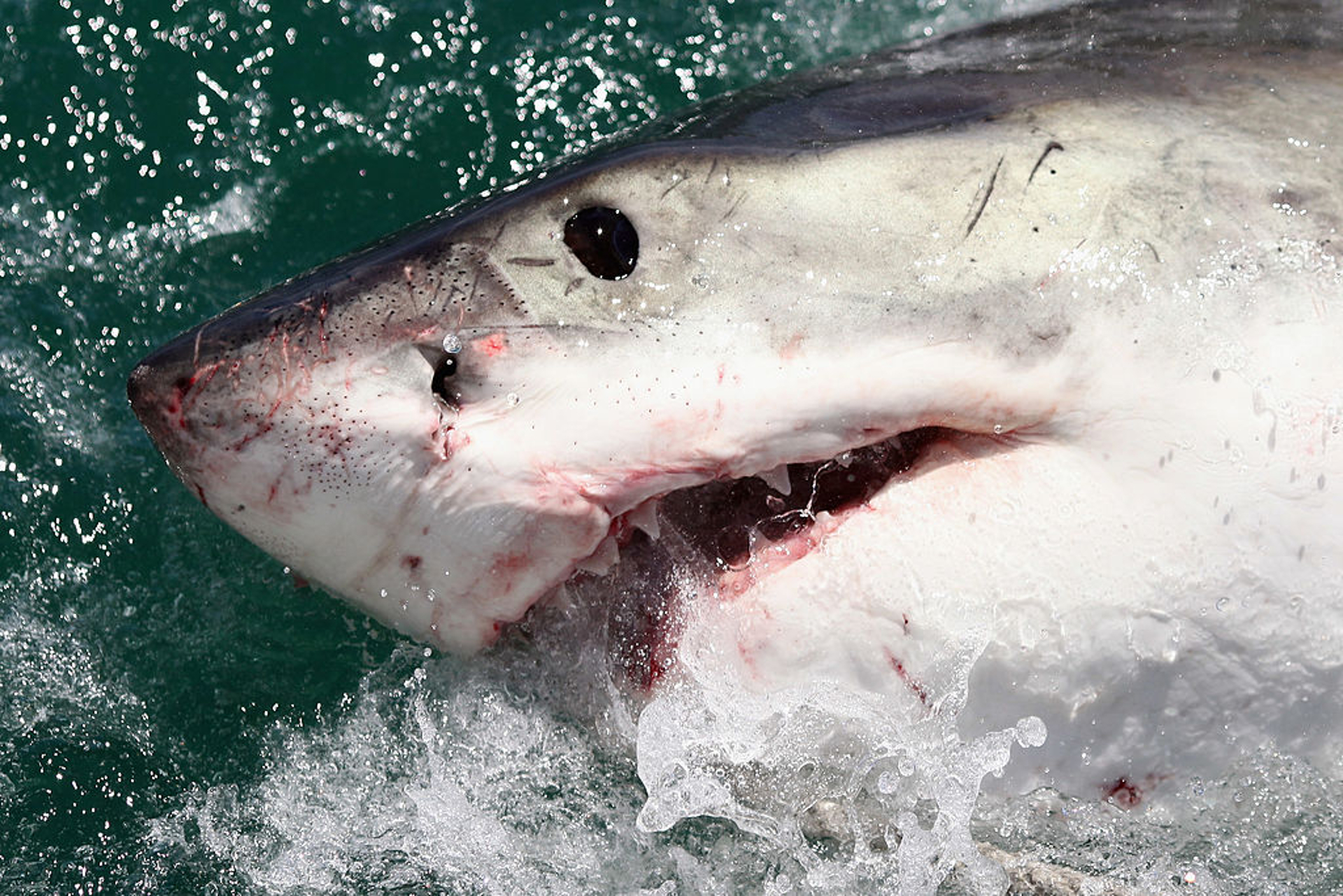
Source: Getty Images
These species are known to grow larger than porbeagles and have similar body temperatures.
Another Shark Falls Victim
The researchers’ findings became even more intriguing a year later when a second porbeagle was found dead under similar circumstances. This shark also sank to the ocean floor before its tag resurfaced.
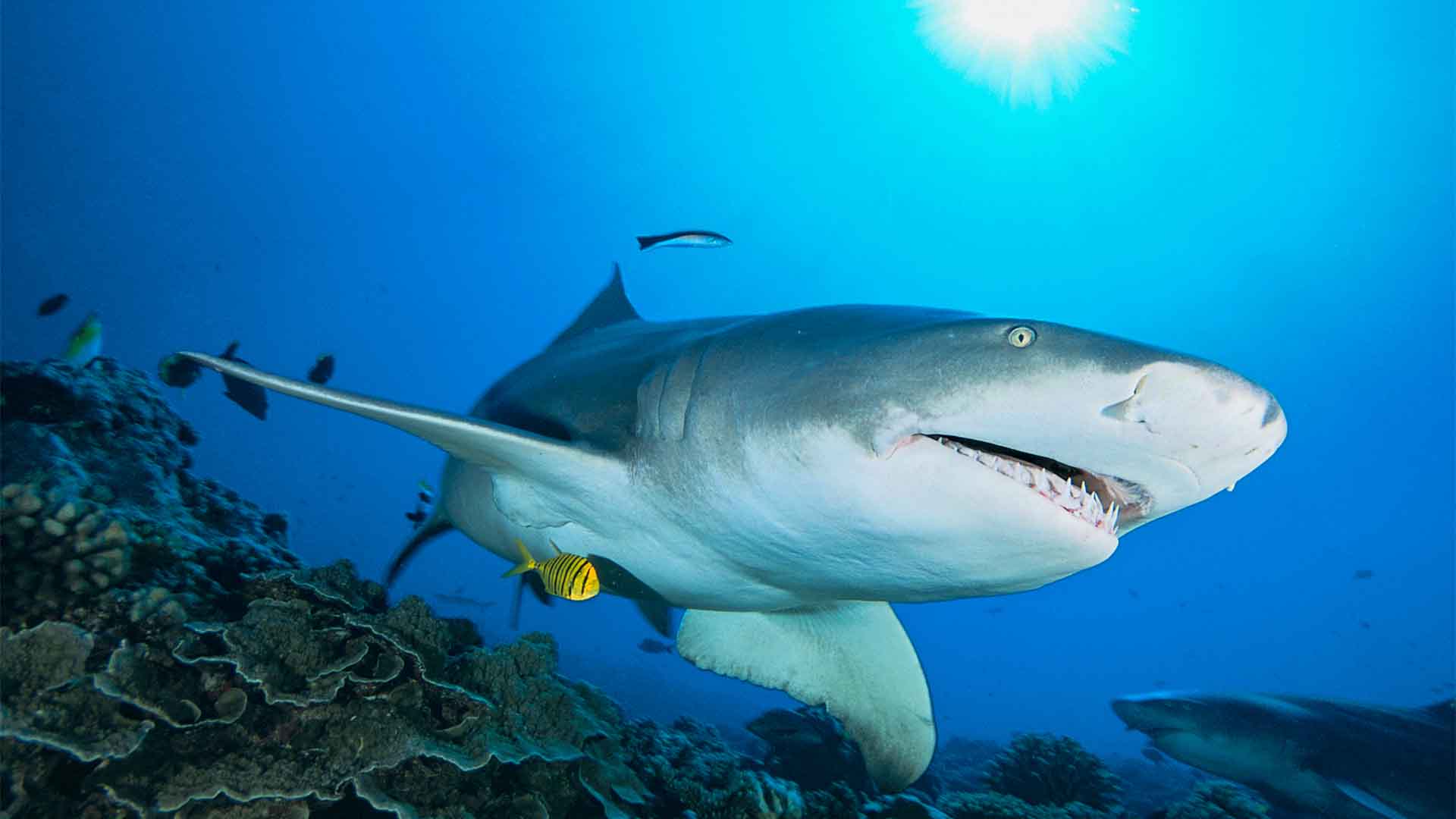
Source: Alexis Rosenfeld/Getty Images
The coincidence was startling: both sharks were attacked at about the same depth, in roughly the same location, a year apart from one another.
Unanswered Questions About the Ocean's Depths
The ocean’s depths remain one of the least understood environments on Earth. The fact that such a large shark could fall prey to another predator highlights how much remains unknown.
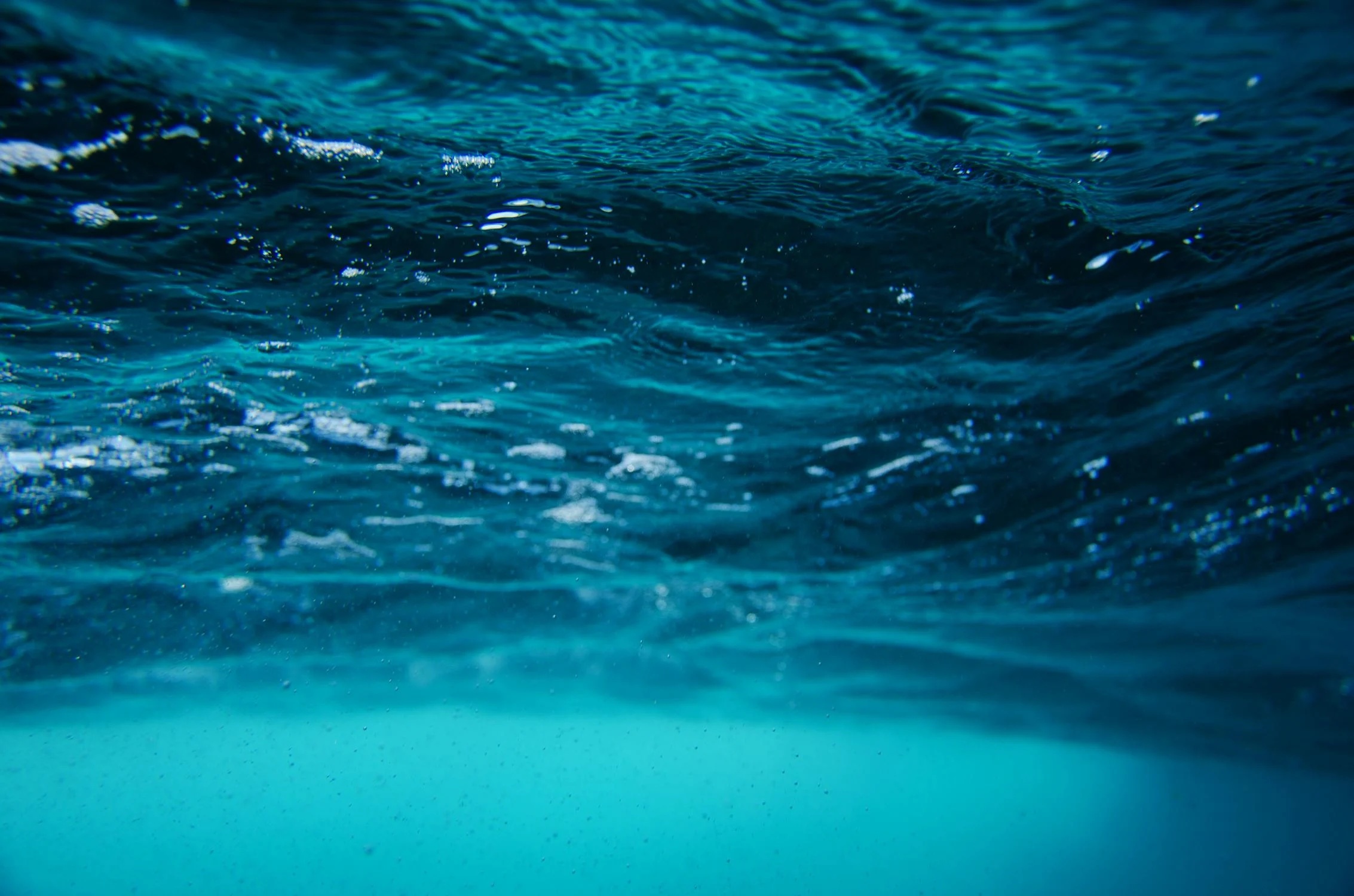
Source: Emiliano Arano/Pexels
“It makes us want to study more and learn more about how susceptible other large sharks are to be eaten,” Sulikowski noted, pointing to the need for further research.
What This Means for Shark Conservation
These findings have significant implications for shark conservation efforts. Understanding the behaviors and risks facing these apex predators is important, especially as their populations face threats from overfishing and environmental changes.
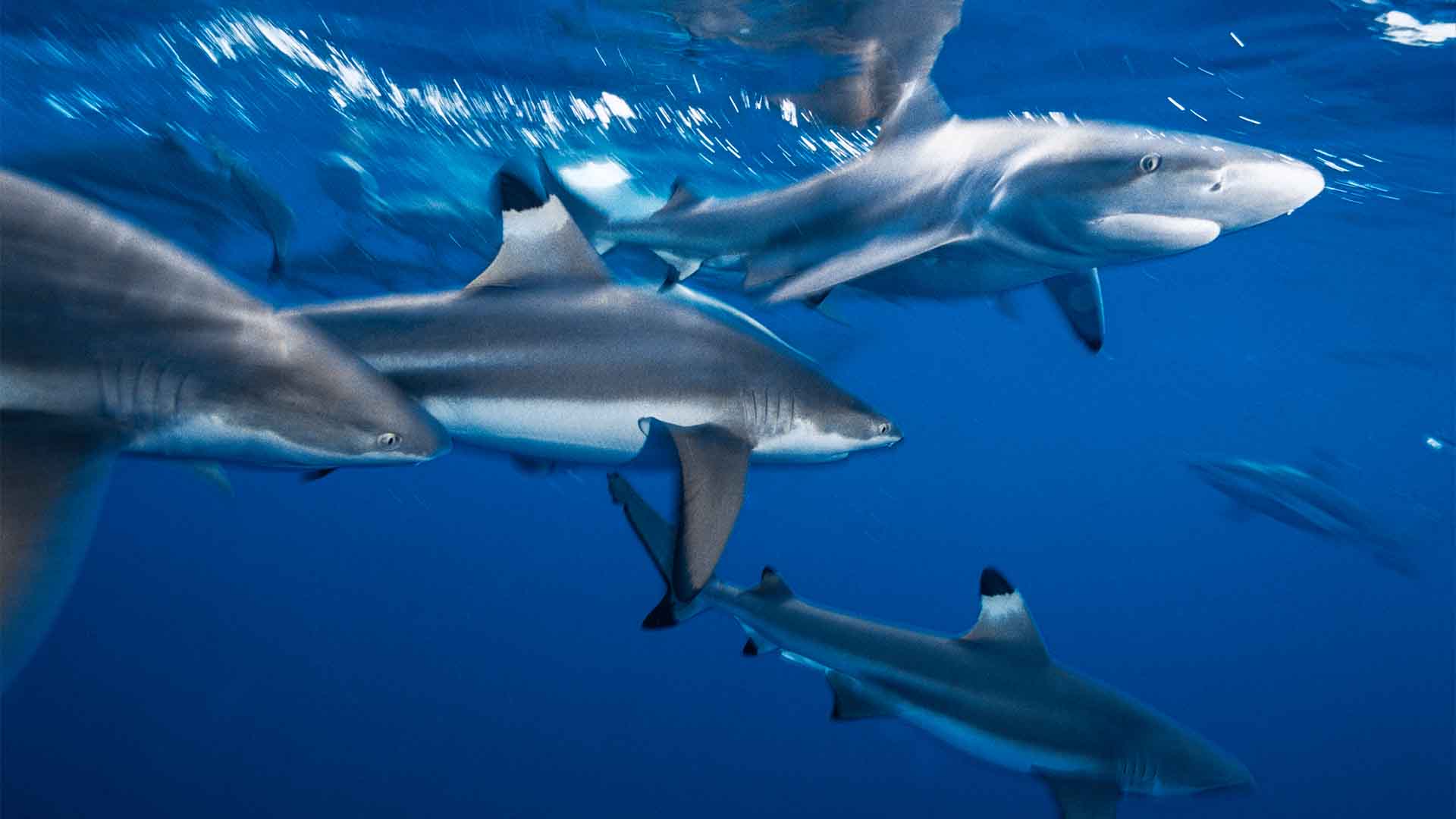
Source: Alexis Rosenfeld/Getty Images
Insights into their interactions and vulnerabilities could shape future conservation strategies to protect these iconic creatures.
The Broader Impact on Marine Science
This discovery also sheds light on the complexity of marine ecosystems. The idea that top predators like sharks are also vulnerable to other sharks challenges the traditional view of ocean hierarchies.

Source: Freepik
It shows the often unpredictable nature of marine life, prompting scientists to rethink how ocean food chains operate.
A Call for Further Exploration
The mystery of the porbeagle sharks’ demise serves as a reminder of the ocean’s vast mysteries. As Sulikowski said, “Who is the top dog out there?”
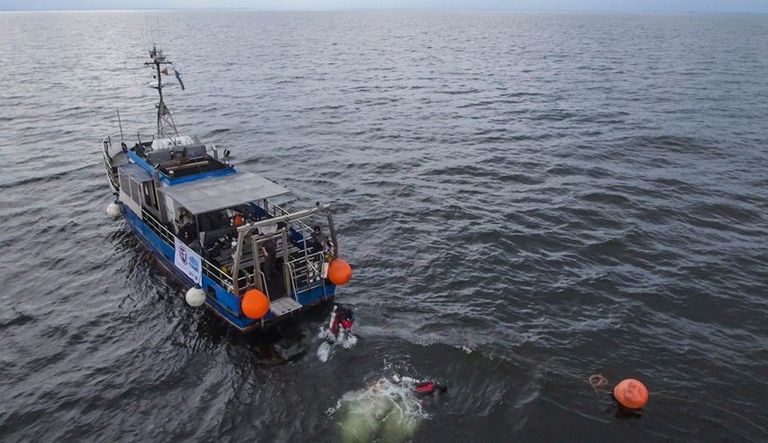
Source: Fundacja MARE/Facebook
The ocean continues to surprise researchers, and each new discovery brings more questions. The team hopes to continue their investigations, unlocking more secrets of the deep and unveiling the unseen scenarios that shape marine life.
